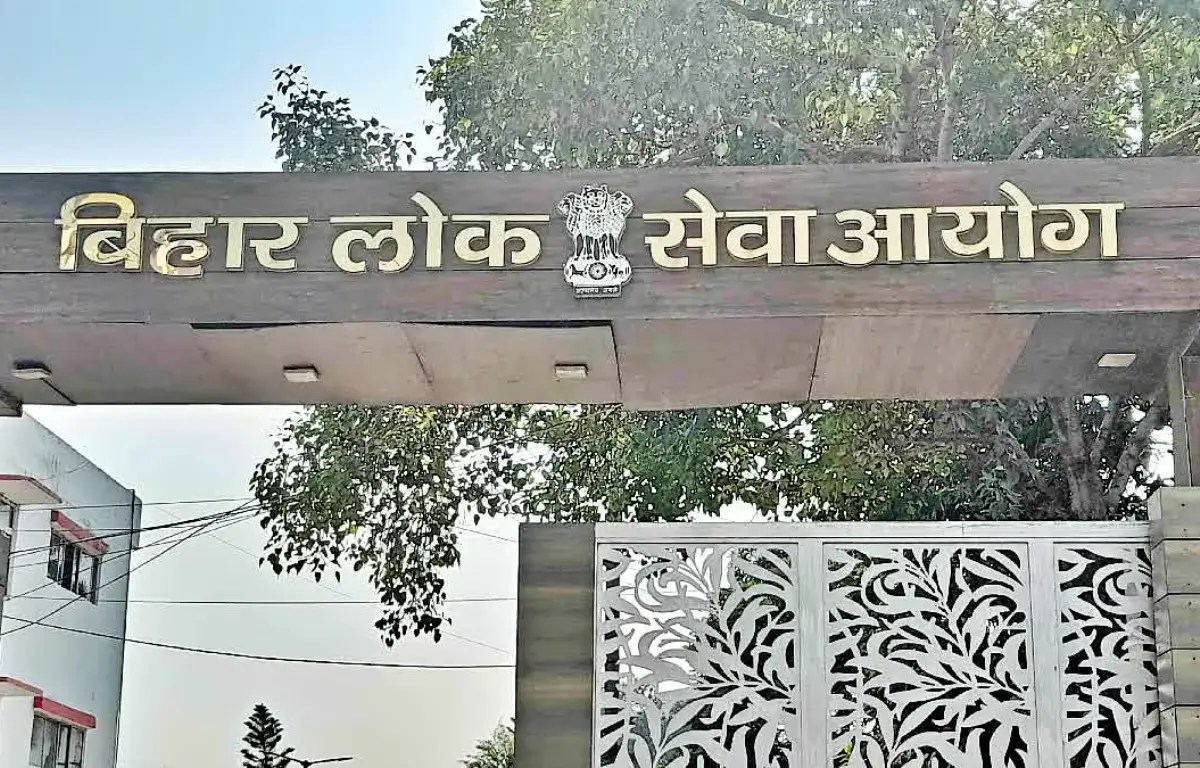Railways played very important role in linking people and places in India. In Uttar Pradesh, some railway stations are over 100 years old and still help millions of passengers every year. In this article, we will look at the top five oldest railway stations in Uttar Pradesh.
Railways have very important in linking people and places in India. In Uttar Pradesh, some train stations are over 100 years old and still serve millions of passengers every year. These stations are not just places to catch trains, but also important parts of history and culture. They remind us of the early days of trains and how railways changed the way people traveled in the state.
Railway Network of Uttar Pradesh
Uttar Pradesh has a large railway network that reaches almost every part of the state. There are over 550 railway stations, making it one of the most connected states in India.
Of these, more than 230 stations are in the North Central Railway Zone, and over 170 stations belong to the North Eastern Railway Zone. Every day, many important trains run from these stations to different states, helping millions of people travel easily.
Top-5 Oldest Railway Stations of Uttar Pradesh
Uttar Pradesh has some of India’s oldest railway stations, many of which were built during the British period. These historic stations have seen the development of rail travel and remain proud symbols of the state’s rich railway history.
Here are the names of top-5 oldest railway stations in Uttar Pradesh:
- Prayagraj Railway Station
- Kanpur Central Railway Station
- Agra Fort Railway Station
- Charbagh Railway Station
- Izzatnagar Railway Station
Prayagraj Railway Station
The construction of Prayagraj Railway Station began in 1859, marking an important moment in India’s railway history. That same year, train services started between Prayagraj and Kanpur.
Originally called Allahabad Junction, the station was later renamed Prayagraj by the government. Today, it is a key railway station on major routes like Howrah-Delhi, Howrah-Mumbai, and Prayagraj-Mau-Gorakhpur.
The station has seen the evolution of Indian Railways, from steam engines to modern fast trains, making it a symbol of both tradition and progress.
Kanpur Central Railway Station
Kanpur Central Railway Station was built in 1859, the same year as Prayagraj Station. It became important when the first train started running between Prayagraj and Kanpur.
This first train, however, was very slow. It carried bricks and gravel and moved at just 10 kilometers per hour. The 180-kilometer journey took almost 18 hours, which today would only take a few hours.
At that time, the train had only 10 coaches, but it marked the beginning of Kanpur becoming a major railway hub in North India.
Agra Fort Railway Station
The Agra Fort Railway Station was built in 1874 and was part of the Rajputana Railway network. During British rule, it was an important station for the colonial government.
What made this station special is that it had narrow tracks (called meter-gauge), which were different from the wider tracks we use today. Trains from this station connected Agra to Bharatpur in Rajasthan, with the route being set up in 1873 by the Rajputana Railway.
The station still has its old-style architecture, showing its historical importance, and it remains a beautiful reminder of India’s railway history.
Charbagh Railway Station
The construction of Charbagh Railway Station started in 1914 and finished in 1923. It cost over Rs. 70 lakh, which was a lot of money back then.
The station was designed by J.H. Horniman and is special because even though many trains run inside, you can’t hear any noise outside. Also, the station’s water tanks are cleverly hidden in the domes, so they blend in with the beautiful design of the building.
Before the station was built, the land belonged to the Sheesh Mahal royal family of Lucknow’s Nawabs. Today, Charbagh is still one of the most beautiful railway stations in India, combining styles from Mughal, Rajput, and Awadhi architecture.
Izzatnagar Railway Station
The Izzatnagar Railway Station in Bareilly was established in 1875 when the British wanted to link the hilly area of Nainital with the plains. The project was led by a British railway officer named Alexander Izzat.
The station was initially named Izzat Railway Station in his honor, but over time, locals started calling it Izzatnagar, and the name became permanent. Interestingly, Alexander’s son and grandson – Lieutenant Colonel W.R. Izzat and Sir J.R. Izzat – also helped develop the station.
This station connects Bareilly to Lucknow and played an important role in the growth of railway lines in the area.






